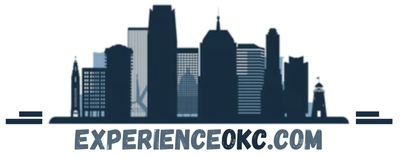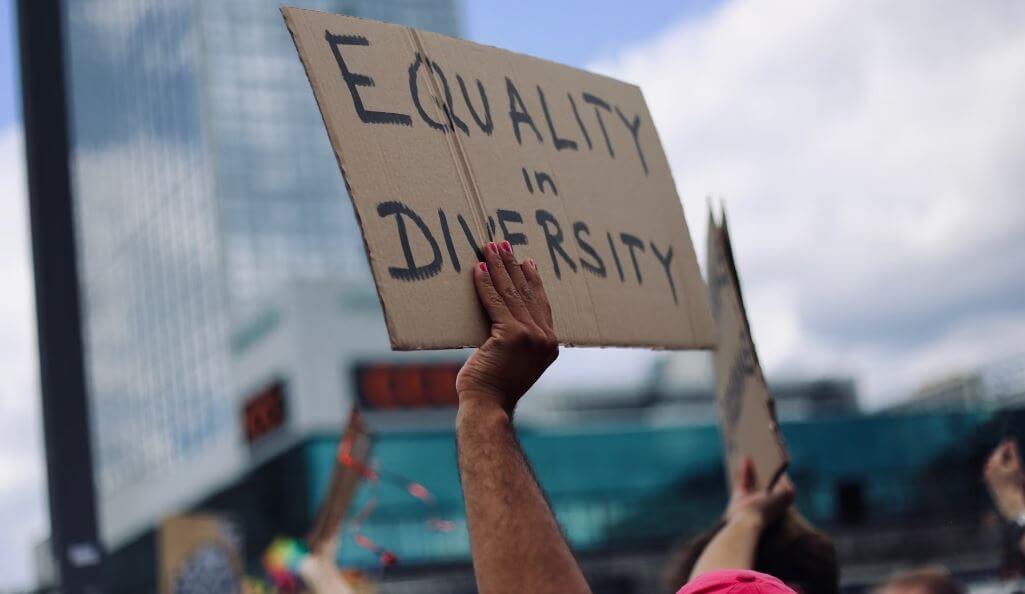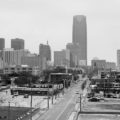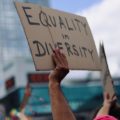Is Oklahoma City Racist?
As a long-time resident of Oklahoma City, I’ve grappled with the question of whether our city is racist. It’s a complex issue that involves historical context, current events, personal experiences, and statistical data. In this article, I aim to provide a balanced assessment of the racial dynamics in Oklahoma City, acknowledging both progress and areas for improvement. It’s by no means comprehensive, but just a quick synopsis of what I’ve found to be true.
Tracing the Roots of Racism in Oklahoma City
To understand the present-day racial landscape of Oklahoma City, we must first examine its history. Like many cities in the United States, Oklahoma City has a complex history of racism, including segregation, discriminatory policies, and acts of violence against marginalized communities. The 1921 Tulsa Race Massacre, just over an hour away from Oklahoma City, remains a stark reminder of the deep-seated racism that once permeated the region.
Expounding on this historical context, it’s crucial to acknowledge the role of systemic racism in shaping Oklahoma City’s development. From the forced relocation of Indigenous peoples to the establishment of Jim Crow laws and segregationist policies, the city’s history is marked by injustices that continue to impact communities of color today. Moreover, the legacies of redlining, urban renewal projects, and discriminatory lending practices have contributed to the socioeconomic disparities that persist in Oklahoma City’s neighborhoods.
Current Racial Disparities in Oklahoma City
While significant progress has been made since the days of segregation, Oklahoma City still grapples with racial disparities in various aspects of life. From education and employment to housing and healthcare, marginalized communities, particularly Black and Indigenous populations, continue to face systemic barriers that limit their opportunities for success. For example, statistics show that Black residents in Oklahoma City are disproportionately affected by poverty, unemployment, and incarceration rates.
Expanding on these challenges, it’s important to recognize the intersections of race, class, and gender that contribute to the complexity of Oklahoma City’s racial dynamics. Intersectional approaches to addressing racial disparities are essential for understanding how multiple forms of oppression intersect and compound to create unique experiences of marginalization. Additionally, the COVID-19 pandemic has exacerbated existing inequalities, highlighting the urgent need for targeted interventions to support communities most affected by the crisis.
Community Perspectives
To gain a deeper understanding of the city’s racial dynamics, I spoke with a diverse group of Oklahoma City residents about their experiences with racism. While some expressed optimism about the city’s progress in promoting diversity and inclusion, others shared stories of discrimination and prejudice they’ve faced in their daily lives. These conversations highlighted the nuanced nature of racism in Oklahoma City and the ongoing efforts needed to combat it.
Expanding on these community perspectives, it’s crucial to amplify the voices of marginalized communities in discussions about racism and inequality. Grassroots organizations, community leaders, and activists play a vital role in advocating for social justice and challenging oppressive systems. By centering the experiences and expertise of those most impacted by racism, we can work towards more equitable solutions and foster solidarity across diverse communities in Oklahoma City.
Navigating a Path Forward
In conclusion, the question of whether Oklahoma City is racist is not easily answered. While the city has made strides in promoting racial equality and diversity, it still grapples with deep-rooted issues of systemic racism and inequality.
As a community, we must continue to confront these challenges head-on, fostering dialogue, advocating for change, and working together to create a more equitable and inclusive city for all residents. While my perspective as a local informs my assessment, it’s essential to recognize that the experiences of racism vary among individuals and communities, and our collective efforts are needed to address them effectively.
Racial Demographics of Oklahoma City and Suburbs
Here’s a breakdown of racial demographics for Oklahoma City and the surrounding suburbs:
Oklahoma City:
- White: 62%
- Hispanic or Latino (of any race): 14%
- African American: 10%
- Asian: 3%
- Other or Multiracial: 11%
Suburban Areas:
Data varies slightly across sources, but here’s a general overview.
Edmond, Moore, Yukon, Mustang: These suburbs tend to have a higher percentage of White residents (around 70-80%) and a lower percentage of minority populations compared to Oklahoma City.
Norman: Norman has a more diverse population than the suburbs mentioned above, with a White population around 60-65%, and a growing Hispanic and Asian population.
Midwest City, Del City: These suburbs have a slightly higher percentage of minority populations compared to the whiter suburbs, but still less diverse than Oklahoma City itself.
Source: Wikipedia: Oklahoma City metropolitan area. You can also find more information on the OKC Chamber of Commerce website and other local government agencies.


















